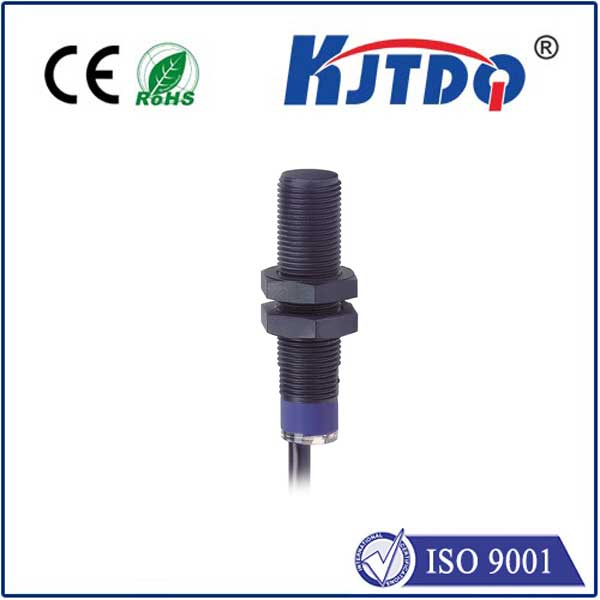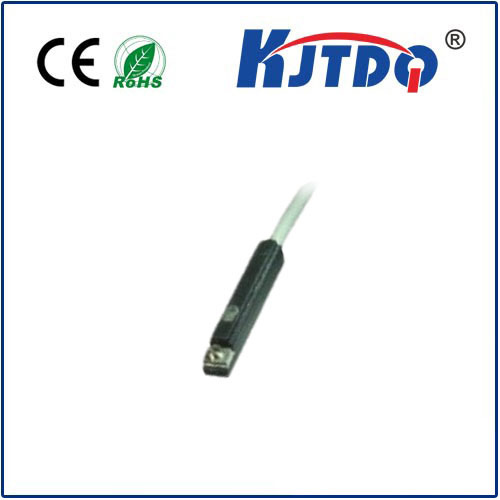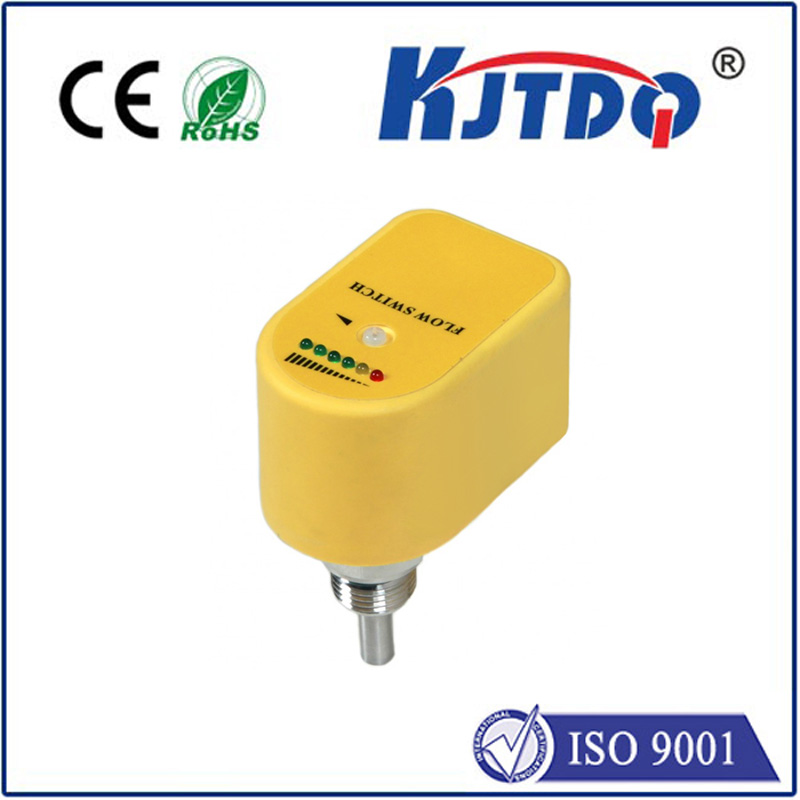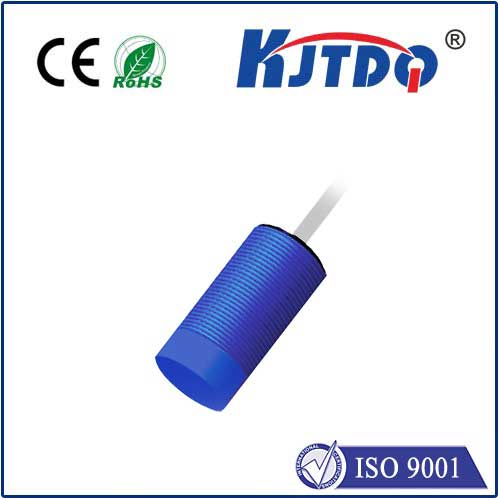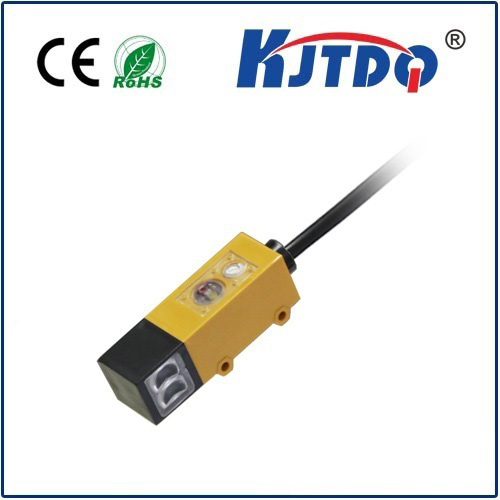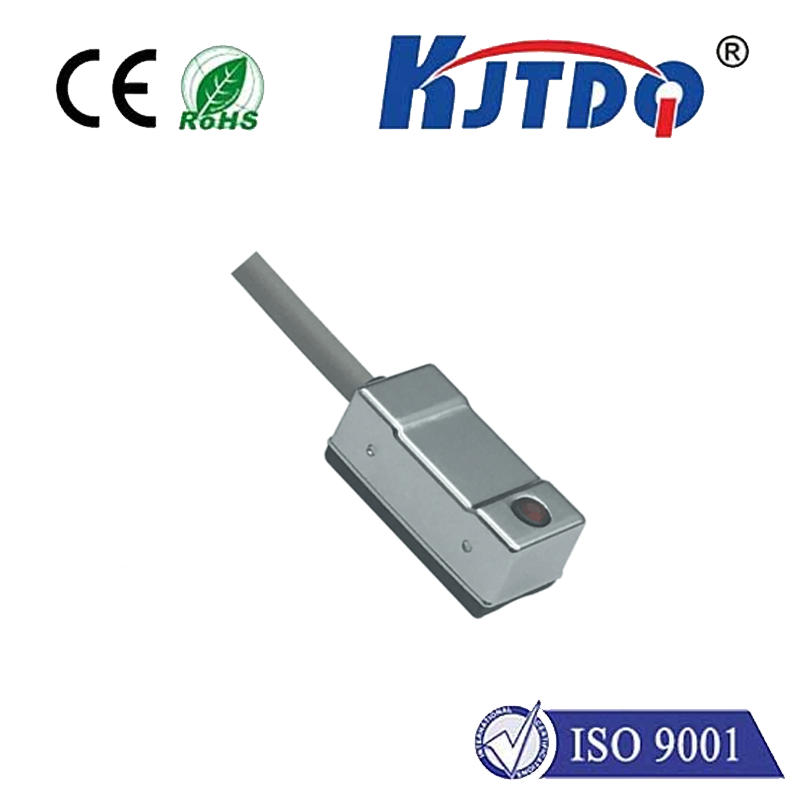fiber optic voltage sensor
- time:2025-08-14 12:17:36
- Click:0
Fiber Optic Voltage Sensors: Revolutionizing Power Grid Monitoring and Protection
Imagine safely measuring voltage on a million-volt transmission line, deep within a hazardous substation, or even inside powerful machinery – all without direct electrical connection or risk of catastrophic failure. This is the transformative promise of fiber optic voltage sensors (FOVS). Moving far beyond the limitations of traditional electromagnetic transformers (PTs/VTs), these advanced sensors leverage the unique properties of light traveling through optical fibers to deliver unparalleled safety and performance in demanding electrical environments. Their emergence marks a significant leap forward in power system monitoring, control, and protection.
The Core Principle: Light as the Measure
At the heart of FOVS technology lies a fundamental shift: measuring voltage not by its direct electrical effect, but by its influence on light. Unlike conventional transformers, which rely on electromagnetic induction and require physical connection to high-voltage conductors, FOVS operate on an entirely different principle. They utilize specialized optical materials (electro-optic crystals) whose refractive index changes proportionally when subjected to an electric field – a phenomenon known as the electro-optic effect (commonly the Pockels effect in linear materials).
Here’s the elegant sequence:

- Light Injection: A stable beam of laser light is sent down an optical fiber.
- Interaction: The light passes through the electro-optic sensing element strategically placed within or near the high-voltage field.
- Voltage-Induced Modulation: The electric field associated with the voltage alters the refractive index of the crystal.
- Phase Shift: This change in refractive index causes a shift in the phase of the light wave traveling through the crystal.
- Detection & Conversion: The light, now carrying its phase-modulated signal, travels back (often via the same fiber) to a safe, remote location. Sophisticated opto-electronic systems in the processing unit detect this phase shift with extreme precision.
- Voltage Reconstruction: The measured phase shift is directly proportional to the applied electric field and, consequently, the voltage. Advanced algorithms convert this optical signal back into an accurate, real-time voltage reading.
This non-contact, light-based methodology is the key to unlocking the sensor’s remarkable advantages.
Compelling Advantages Over Legacy Technology
The shift from copper and iron cores to glass fibers and lasers yields profound benefits:
- Intrinsic Safety & Insulation: This is arguably the most critical advantage. FOVS require no metallic connection to high-voltage points. The sensing element, typically made from robust dielectric materials like quartz or special ceramics, and the optical fibers themselves act as perfect insulators. This eliminates the risk of explosion, fire, or catastrophic failure inherent in oil-filled conventional transformers, especially under fault conditions like short circuits. Personnel safety is dramatically enhanced.
- Unmatched Immunity to Electromagnetic Interference (EMI): Optical fibers are inherently immune to EMI, radio frequency interference (RFI), and even lightning-induced surges that plague traditional copper-based sensor cabling and electronic measurement circuits. FOVS provide exceptionally clean, noise-free signals in electromagnetically hostile environments like substation yards or near heavy industrial machinery, ensuring measurement accuracy is uncompromised.
- Wide Frequency Response & Bandwidth: Traditional transformers struggle with accurately reproducing signals beyond the power frequency (50⁄60 Hz) and its harmonics. FOVS exhibit an exceptionally wide bandwidth, ranging from DC (0 Hz) up to several MHz. This capability is essential for modern power quality analysis, capturing transient events like switching surges, partial discharges, and harmonic distortions with high fidelity – crucial for diagnostics and protecting sensitive equipment.
- Compact Size and Lightweight: Eliminating heavy iron cores and oil insulation allows FOVS to be significantly smaller and lighter than conventional transformers. This enables easier installation in space-constrained locations, retrofitting into existing infrastructure, and reduces structural support requirements.
- Digital Output & Easy Integration: FOVS naturally provide a digital optical output signal. This facilitates seamless integration with modern digital substation architectures (IEC 61850) and power system automation platforms. Data transmission over long distances via fiber optic cable is straightforward and lossless compared to analog signal degradation in copper wires.
- Reduced Environmental Impact: Free from insulating oils (SF6 or mineral oil), FOVS represent a more environmentally friendly monitoring solution, eliminating risks of leaks, contamination, and greenhouse gas emissions associated with traditional equipment disposal.
Powering Smarter Grids: Key Applications
The unique attributes of fiber optic voltage sensors make them indispensable across the modern electrical landscape:
- High-Voltage Transmission Monitoring: Essential for accurate revenue metering and protective relaying on critical transmission lines (EHV & UHV). Their safety and accuracy under extreme voltages are paramount. Real-time voltage stability monitoring becomes feasible.
- Digital Substations (IEC 61850): FOVS are foundational components in the transition to digital substations. Their digital output, EMI immunity, and compact size integrate perfectly with process bus architectures, replacing conventional PTs/VTs and enabling enhanced protection, control, and condition monitoring.
- Power Quality Analysis: The wide bandwidth allows FOVS to capture complex waveforms and transient phenomena with high precision, vital for diagnosing grid disturbances, harmonic pollution, and ensuring compliance with power quality standards.
- Renewable Energy Integration: In solar farms and wind parks, monitoring collection grid voltages accurately is key to grid stability and power conversion efficiency. FOVS provide reliable data in challenging EMI environments near inverters.
- Harsh & Hazardous Environments: Their non-conductive nature makes FOVS ideal for confined spaces, explosive atmospheres (Ex zones), or locations with severe environmental conditions (corrosion, humidity, temperature extremes) where conventional sensors fail or pose risks.
- Specialized Industrial Applications: Monitoring within high-power converters, pulse power systems, electric vehicle testing facilities, and research labs dealing with high voltages all benefit from the safety and precision offered by FOVS.
Overcoming Challenges and Looking Ahead
While fiber optic voltage sensor technology is mature and widely deployed, continuous refinement is ongoing. Key areas of development focus on reducing costs through volume production and design simplification, enhancing the long-term stability and temperature compensation of the electro-optic sensing elements, and standardizing interfaces for even broader industry adoption. Integration with artificial intelligence (AI) for predictive maintenance and real-time grid optimization using the rich data generated by FOVS represents a powerful frontier.
The trajectory is clear. Driven by the relentless demands for greater grid safety, reliability, intelligence, and efficiency, fiber optic voltage sensors are rapidly moving from specialized applications to mainstream adoption. Their ability to deliver critical voltage data safely, accurately, and robustly positions them not just as an alternative, but as the foundational technology for the resilient, digitalized power systems of tomorrow.












